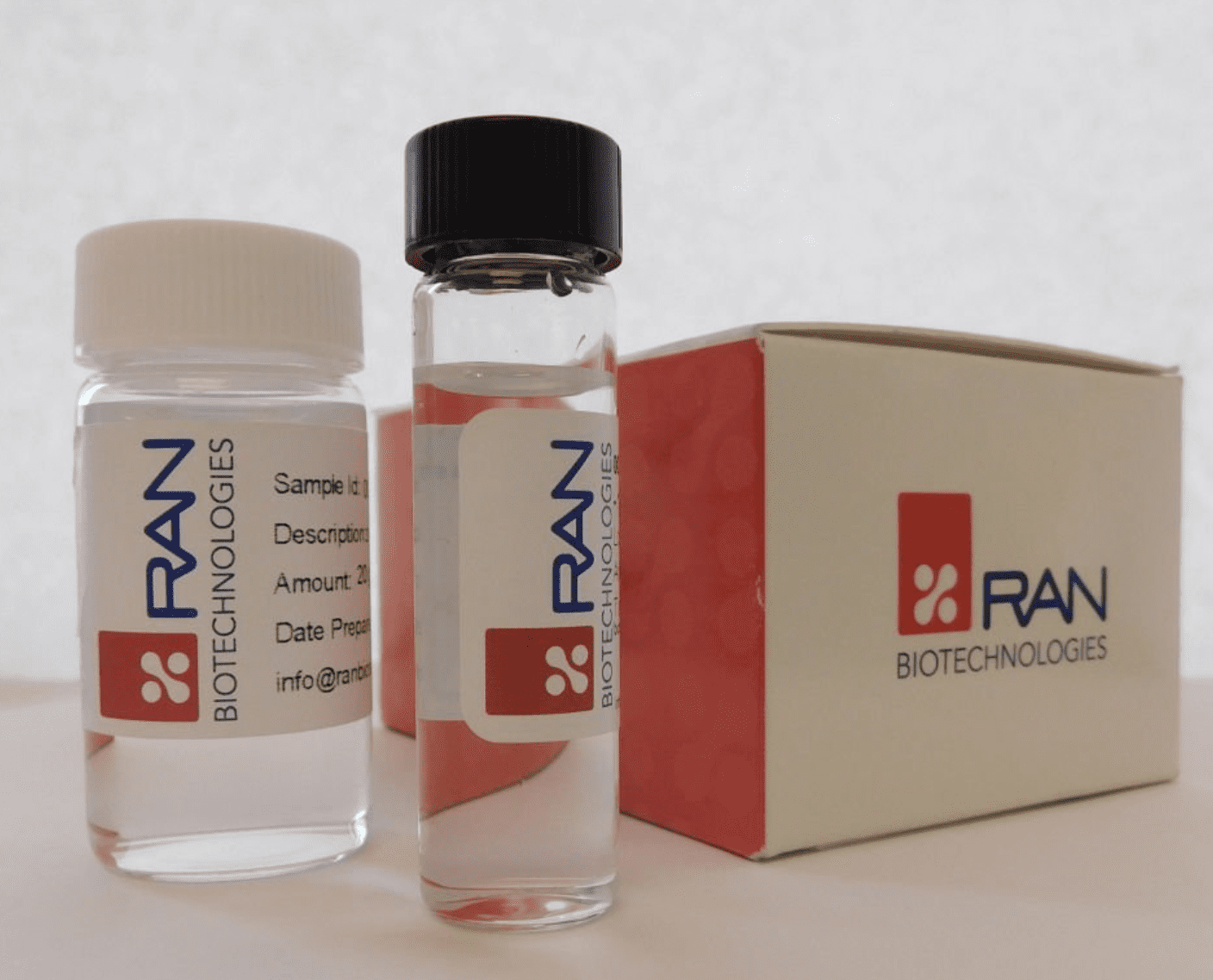- Your cart is empty
- Continue Shopping
A Barcode-Free Combinatorial Screening Platform for Matrix Metalloproteinase Screening
- Home
- Publication
- A Barcode-Free Combinatorial Screening Platform for Matrix Metalloproteinase Screening

A Barcode-Free Combinatorial Screening Platform for Matrix Metalloproteinase Screening
- elsbizadmin404
- Publication
- Reading Time: < 1 minute
[vc_row][vc_column][vc_column_text]
Abstract
The great majority of globally circulating pathogens go undetected, undermining patient care and hindering outbreak preparedness and response. To enable routine surveillance and comprehensive diagnostic applications, there is a need for detection technologies that can scale to test many samples1,2,3 while simultaneously testing for many pathogens4,5,6. Here, we develop Combinatorial Arrayed Reactions for Multiplexed Evaluation of Nucleic acids (CARMEN), a platform for scalable, multiplexed pathogen detection. In the CARMEN platform, nanolitre droplets containing CRISPR-based nucleic acid detection reagents7 self-organize in a microwell array8 to pair with droplets of amplified samples, testing each sample against each CRISPR RNA (crRNA) in replicate. The combination of CARMEN and Cas13 detection (CARMEN–Cas13) enables robust testing of more than 4,500 crRNA–target pairs on a single array. Using CARMEN–Cas13, we developed a multiplexed assay that simultaneously differentiates all 169 human-associated viruses with at least 10 published genome sequences and rapidly incorporated an additional crRNA to detect the causative agent of the 2020 COVID-19 pandemic. CARMEN–Cas13 further enables comprehensive subtyping of influenza A strains and multiplexed identification of dozens of HIV drug-resistance mutations. The intrinsic multiplexing and throughput capabilities of CARMEN make it practical to scale, as miniaturization decreases reagent cost per test by more than 300-fold. Scalable, highly multiplexed CRISPR-based nucleic acid detection shifts diagnostic and surveillance efforts from targeted testing of high-priority samples to comprehensive testing of large sample sets, greatly benefiting patients and public health
[/vc_column_text][vc_column_text]
Learn more:
In this study, the surfactant oil used in the on-chip experiment consisted of FC-40 with 2% fluorosurfactant.
Learn more about RAN Biotech’s Flourosufactant products.
DOI:
RELATED PRODUCTS:
[/vc_column_text][/vc_column][/vc_row][vc_row][vc_column][vc_separator color=”custom” border_width=”2″ accent_color=”#004a80″][/vc_column][/vc_row][vc_row][vc_column][/vc_column][/vc_row]
CONTACT

QUESTIONS IN YOUR MIND?
Connect With Our Technical Specialist.

KNOW WHAT YOU WANT?
Request For A Quotation.
OTHER BLOGS YOU MIGHT LIKE
HOW CAN WE HELP YOU? Our specialists are to help you find the best product for your application. We will be happy to help you find the right product for the job.

TALK TO A SPECIALIST
Contact our Customer Care, Sales & Scientific Assistance

EMAIL US
Consult and asked questions about our products & services

DOCUMENTATION
Documentation of Technical & Safety Data Sheet, Guides and more...
